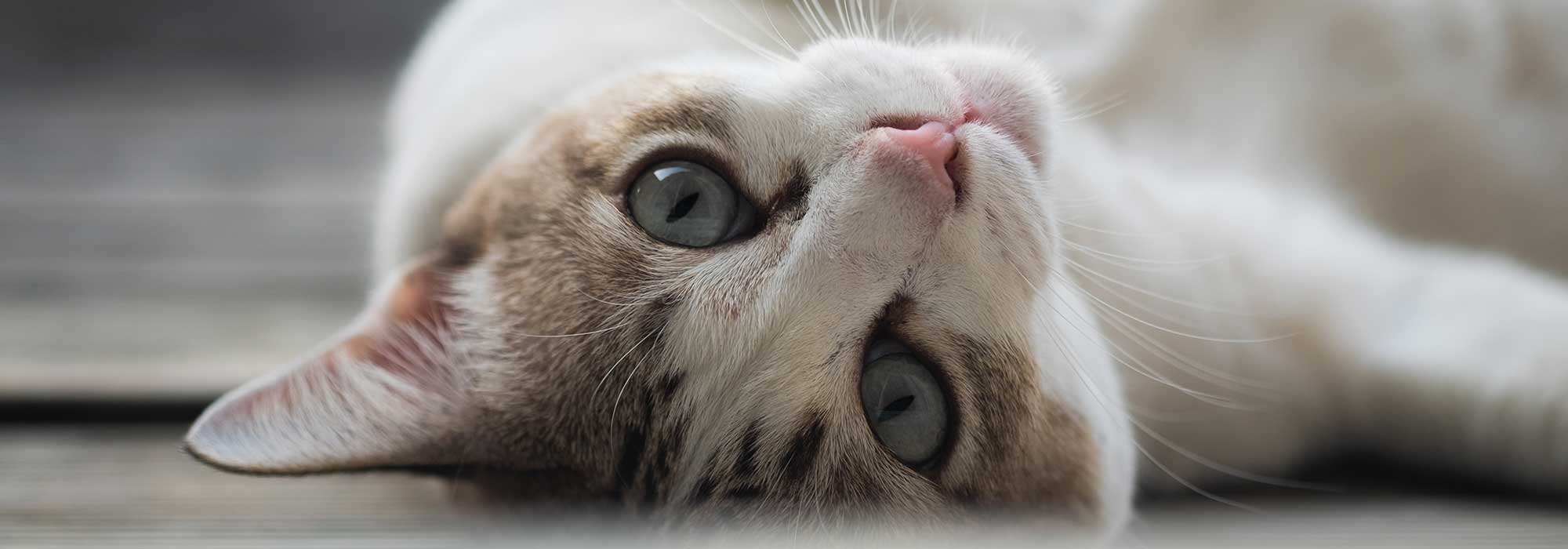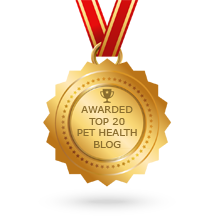Posts in Category: Pet Dental Care
Do Dogs Get Cavities?
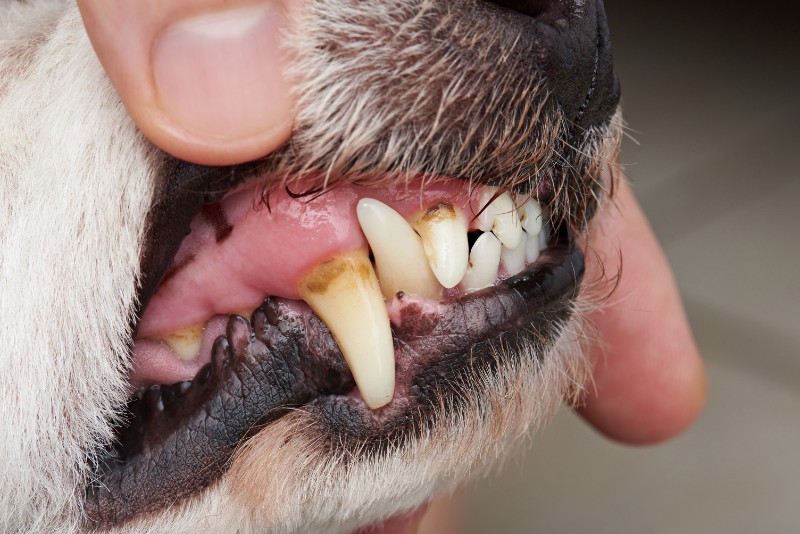
Do dogs get cavities? Answer is yes. Just like humans, dogs can develop cavities if their oral hygiene is neglected. In this blog, we’ll explain how to identify a cavity, treatment and prevention of future cavities.
Continue…The Four Stages of Pet Dental Disease
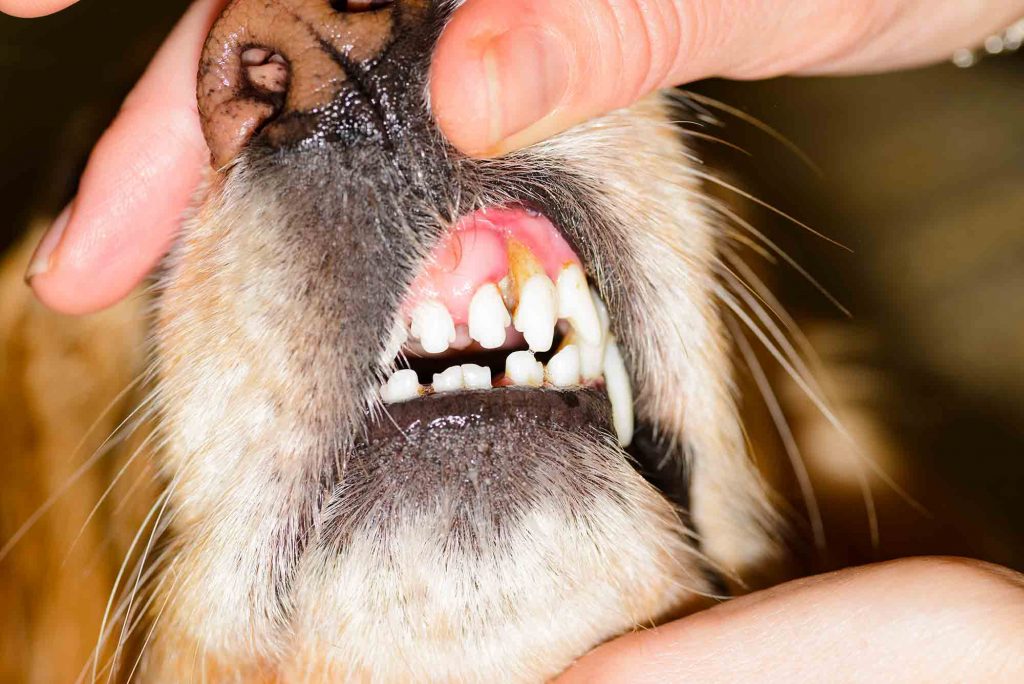 Pet dental disease, also called periodontal disease, is one of the most common clinical conditions seen by our veterinarians. This comes as no surprise when we consider that most adult dogs and cats show some signs of the disease by the time they reach 3 years of age. If left untreated, pet dental disease can lead to pain, tooth loss, infection, and even damage to the vital organs, such as the heart, liver, and kidneys.
Pet dental disease, also called periodontal disease, is one of the most common clinical conditions seen by our veterinarians. This comes as no surprise when we consider that most adult dogs and cats show some signs of the disease by the time they reach 3 years of age. If left untreated, pet dental disease can lead to pain, tooth loss, infection, and even damage to the vital organs, such as the heart, liver, and kidneys.
The dental health of our patients is important to us at Lone Tree Veterinary Medical Center. In recognition of National Pet Dental Health Month, which is observed every February, we’d like to place the spotlight on periodontal disease and what pet owners can do to prevent and treat this serious condition.
Why You Should Brush Your Pet’s Teeth
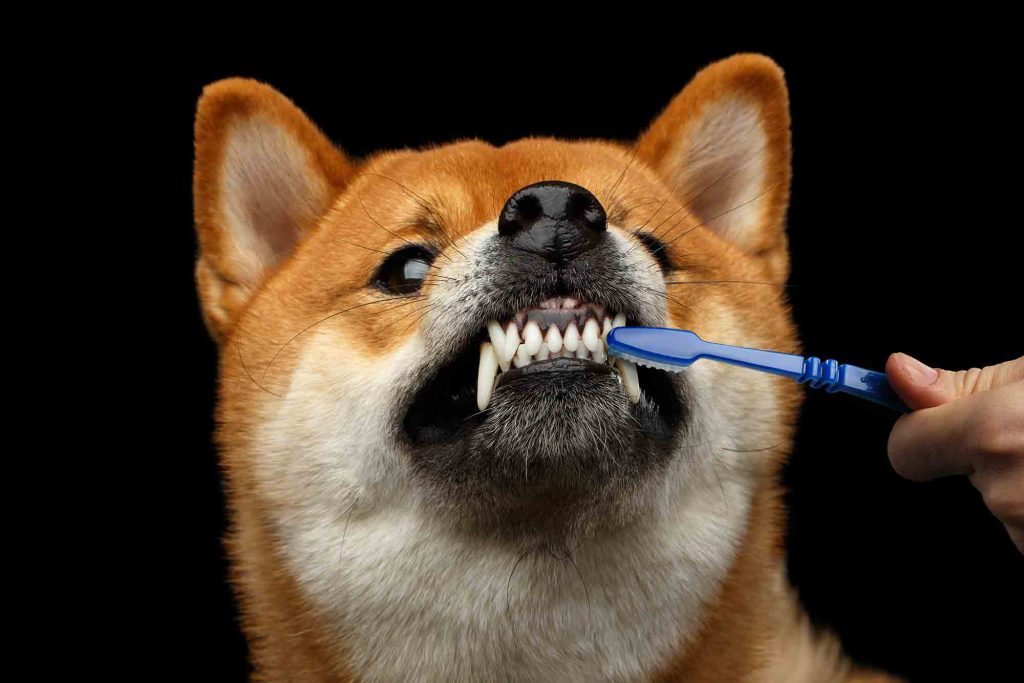
There are several reasons why you should brush your pet’s teeth. Just like us, our pets’ teeth develop plaque, and have bad breath. Also like us, the lack of proper dental care leads to dental disease.
A 2016 poll by Ipsos found that 43% of dog owners never brush their dog’s teeth. 73% of cat owners say they never brush their cat’s teeth.
Excuses for Not Brushing
The most common reasons pet owners avoid brushing are difficulty, inconvenience, and lack of knowledge. However, neglecting dental care can lead to periodontal disease.
We’re Here To Help
Brushing your pet’s teeth may seem like an impossible task, but with patience and consistency, most pets can learn to tolerate—or even enjoy—daily dental care.
Continue…Anesthesia-Free Pet Dental Cleanings
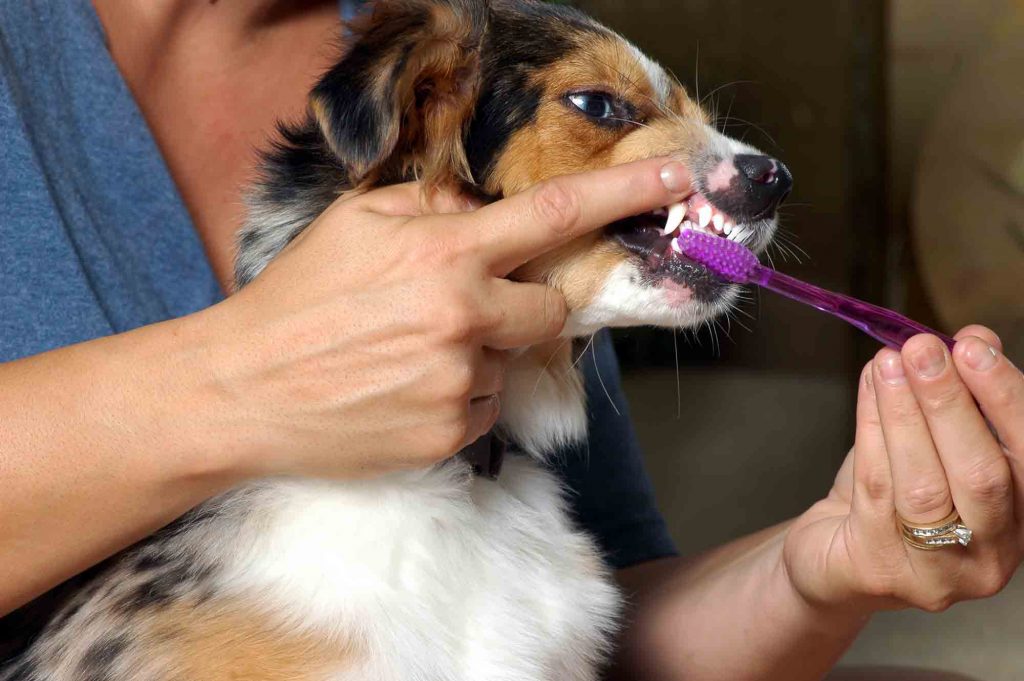 We are frequently asked about anesthesia-free pet dental cleanings. It involves performing a dental cleaning on a pet by scaling (cleaning and scraping) the pet’s teeth to the gumline without using general anesthesia.
We are frequently asked about anesthesia-free pet dental cleanings. It involves performing a dental cleaning on a pet by scaling (cleaning and scraping) the pet’s teeth to the gumline without using general anesthesia.
The Marketing of Anesthesia-Free Pet Dental Cleanings
Marketing campaigns have primarily driven the popularity of anesthesia-free dentals. They promote this method as a less expensive alternative to dental cleanings performed under general anesthesia. Unfortunately, this popularity stems from misinformation about what proper dental cleaning entails. Marketers for anesthesia-free dental cleanings often fail to disclose what happens. In some cases, worsen a pet’s oral health. And in extreme cases, involve abuse and cruelty.
Pet owners looking to reduce the need for their pet to undergo general anesthesia might find the idea of anesthesia-free dental cleanings appealing. However, this procedure comes with numerous risks and issues. In our opinion, the risks outweigh any perceived benefits.
Dog Bad Breath and Dental Disease
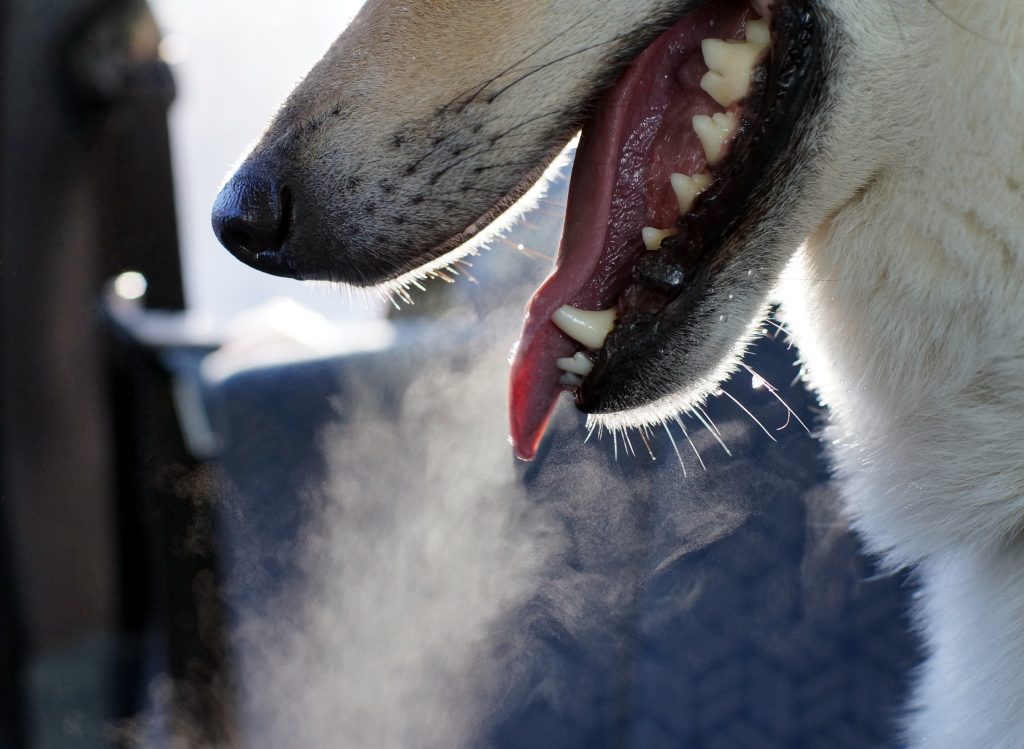
You may enjoy your dog’s affectionate kisses when you get home—until bad breath makes them less pleasant. But is it normal for a dog’s breath to smell bad? Answer is no.
Bad dog breath can be a sign of various health issues. Identifying the cause is the first step in treating both the odor and the underlying condition.
Continue…At Home Pet Dental Care
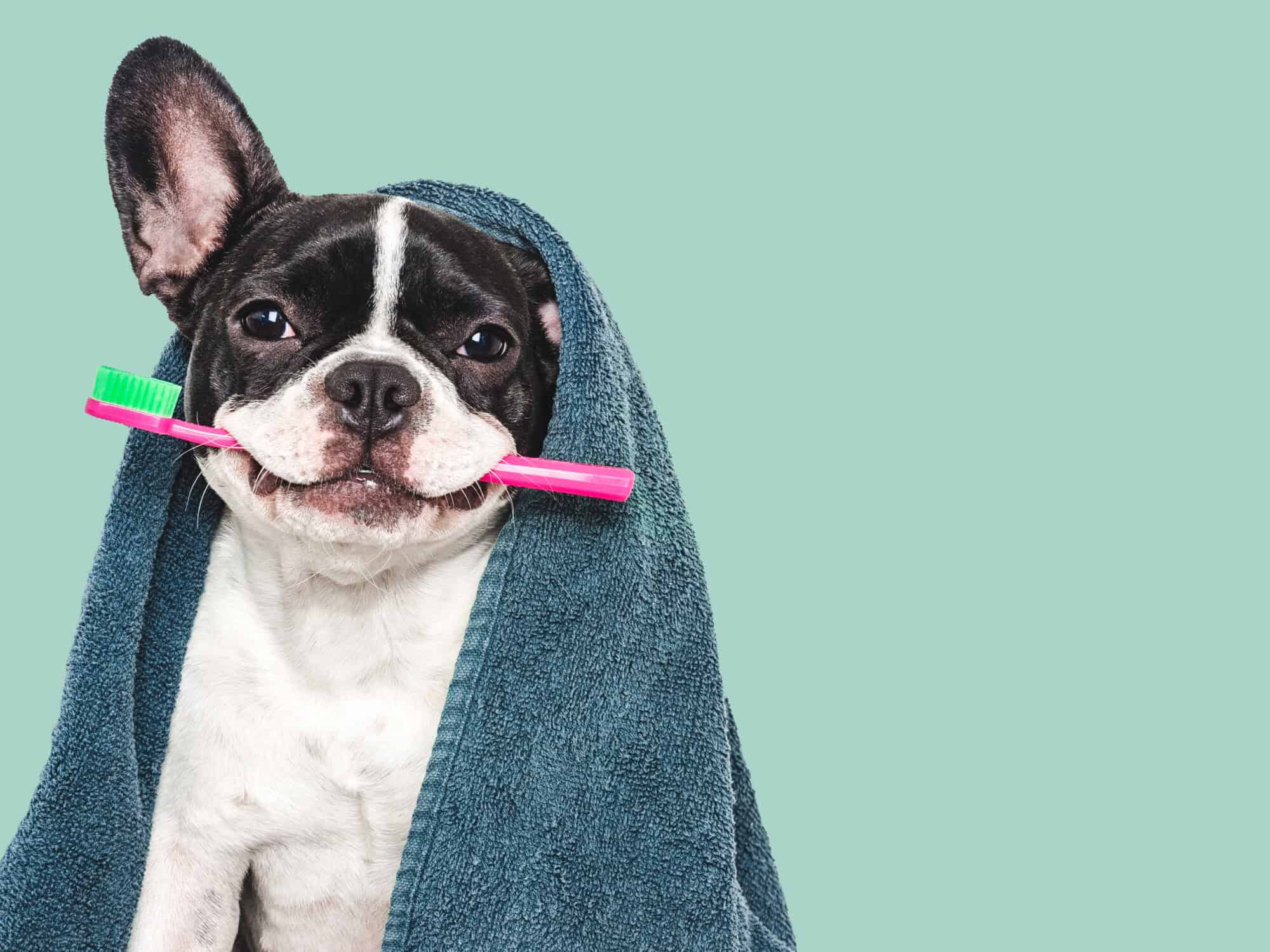 Dental care isn’t just for humans. By now, most pet owners are aware of the importance of good dental hygiene for their pets, and this is evidenced by the hundreds of pet home dental care products available to pet owners everywhere. But, do these treats, chews, rinses, sprays, and water additives really have what it takes to keep your pet’s mouth in tiptop shape?
Dental care isn’t just for humans. By now, most pet owners are aware of the importance of good dental hygiene for their pets, and this is evidenced by the hundreds of pet home dental care products available to pet owners everywhere. But, do these treats, chews, rinses, sprays, and water additives really have what it takes to keep your pet’s mouth in tiptop shape?
Brushing is Best!
First, and foremost, there is no substitute for daily brushing when it comes to the care of your pet’s teeth. Although, for many, the task may seem daunting, it needn’t be. Brushing your dog or cat’s teeth can take just a minute a day and the pet specific toothbrush and toothpaste products we recommend are safe and easy to use.
The Tooth Of The Matter: Why Pet Dental Health Matters
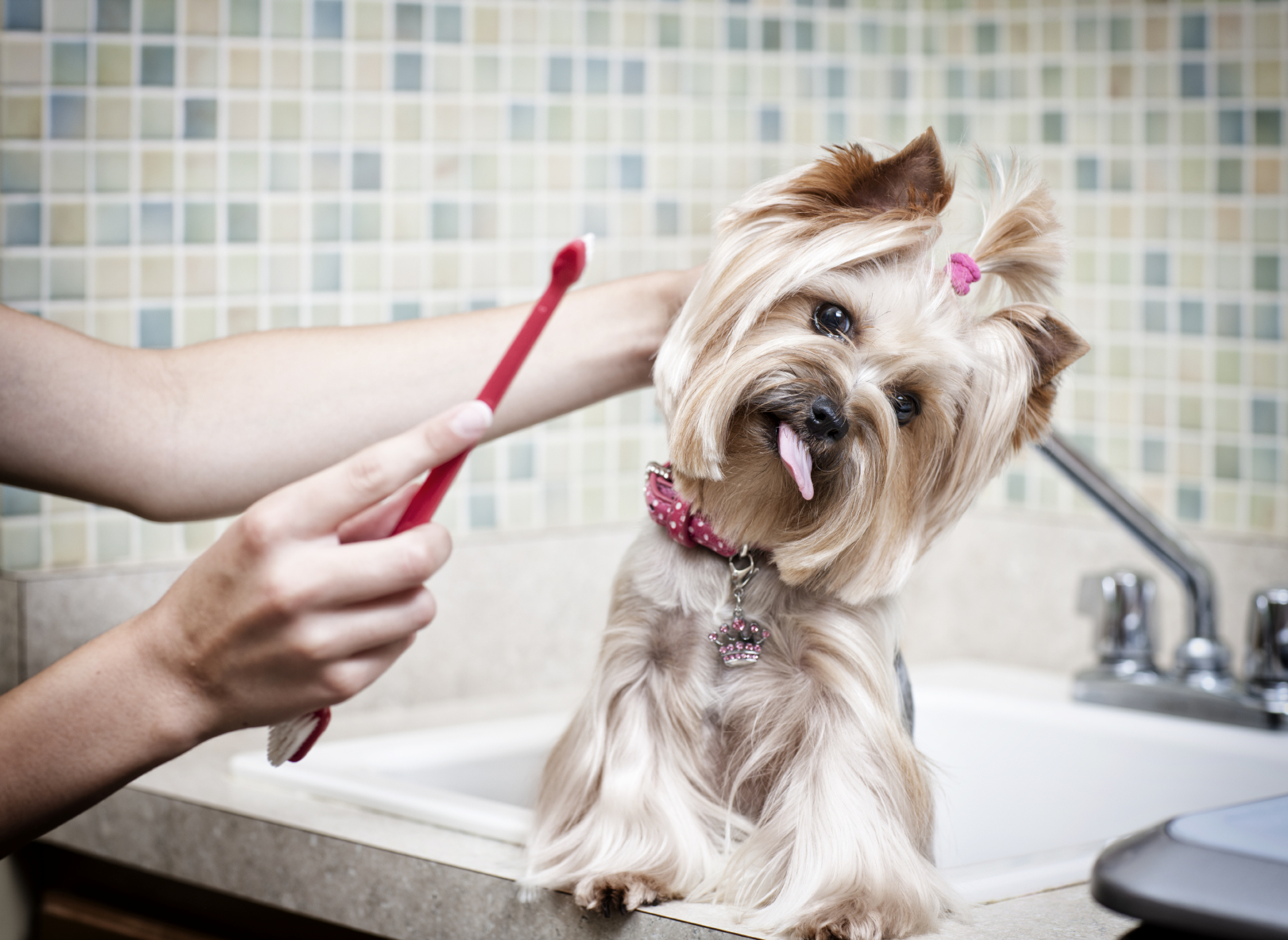 It wasn’t too long ago in human history that the idea of brushing a pet’s teeth or having them professionally cleaned was practically unthinkable, and the term “veterinary dentistry” didn’t even exist.
It wasn’t too long ago in human history that the idea of brushing a pet’s teeth or having them professionally cleaned was practically unthinkable, and the term “veterinary dentistry” didn’t even exist.
Fortunately for our pets, our knowledge of pet health has come a long way in recent years, and so has the field of veterinary dentistry. We now know that the right combination of home care, good nutrition, professional dental cleanings and exams can keep your pet healthy, pain free, and even extend his or her life. Continue…

